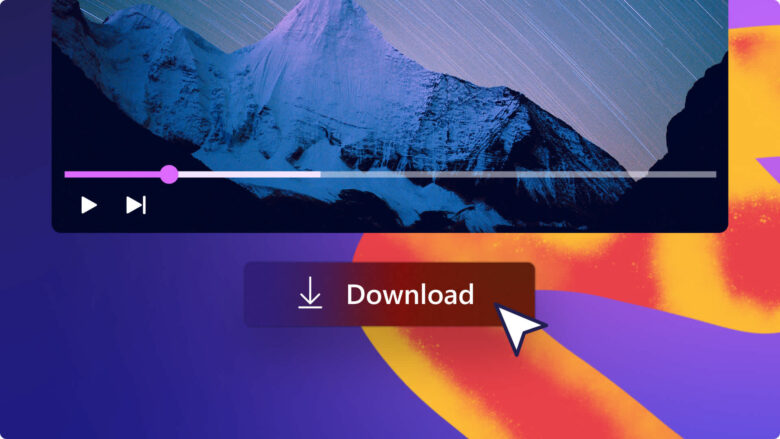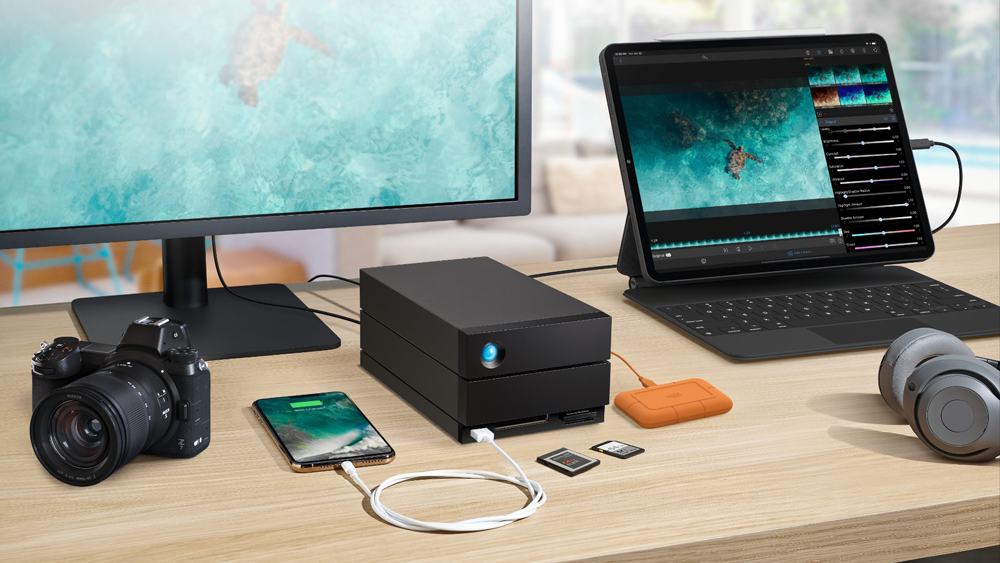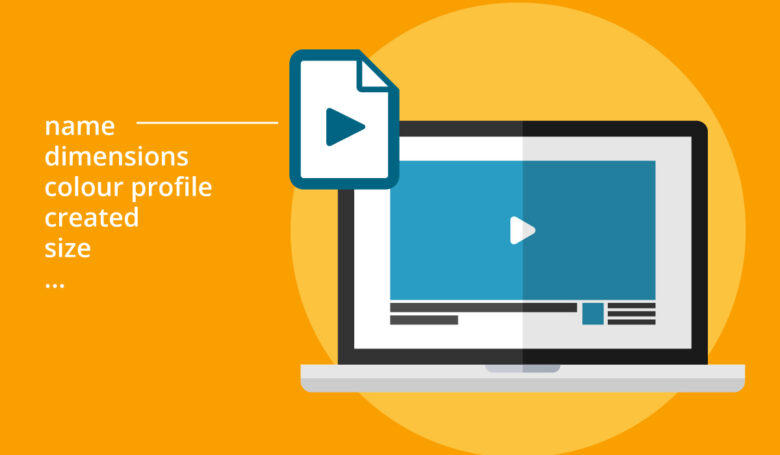As creators, we invest countless hours, resources, and creativity into producing videos that not only entertain but also inform and inspire. Yet, the digital realm is fickle. Platforms evolve, algorithms change, and there’s always the looming threat of content disappearing. Whether it’s due to unforeseen technical glitches, policy changes, or even accidental deletions, the loss can be devastating.
Contents
1. Regular Backups

Source: echopx.com
“Better safe than sorry” is an age-old adage that holds profound wisdom, especially in the context of digital content preservation. Regular backups are not just a safety net—they’re an essential shield against the unpredictable nature of the online world. Think of backups as insurance for your content.
There are several methods to consider for backing up your videos:
Local Backups: Storing copies on your computer might seem basic, but it’s a fundamental step. Pair this with an external hard drive, and you’ve got a solid local backup strategy.
Cloud Backups: The cloud offers vast storage spaces, often with automated backup features. It’s like having a virtual vault for your videos.
Physical Copies: While it might sound old-school, burning your videos onto DVDs or Blu-rays provides an additional layer of security.
The golden rule? Redundancy. In the world of backups, putting all your eggs in one basket is a risk. Diversify your backup methods to ensure that, come what may, your content remains intact.
2. Use YouTube’s Built-in Features
YouTube, being the behemoth of video content, is well-aware of creators’ concerns. As such, it offers a suite of built-in features tailored to help preserve and manage your videos. Here’s a deeper dive into these tools:
Private Videos: This feature allows you to keep videos hidden from the public eye. They’re viewable only by you and specific users you grant access to. It’s perfect for videos you’re not ready to publish or those you wish to share with a select audience.
Unlisted Videos: A middle ground between public and private. These videos won’t appear on your channel or in search results, but anyone with the link can view them. Ideal for sharing content with a broader group without making it public.
Scheduled Uploads: Plan your content release strategically. This feature lets you upload a video and set a future release date, giving you control over when your audience sees it.
3. Download Your Videos

Source: clipchamp.com
While YouTube is a reliable platform, it’s always wise to have personal copies of your content. Downloading your videos serves multiple purposes: from editing and repurposing to simply having a peace of mind knowing you have a personal copy.
There are several tools available for downloading YouTube videos, but it’s crucial to tread carefully. Always ensure you’re using legitimate tools that respect YouTube’s terms of service. Some recommended tools include a YouTube video downloader and third-party applications that prioritize user security and copyright respect.
4. Cloud Storage
The cloud has revolutionized the way we store and access data. For video creators, cloud storage offers a seamless way to store, share, and even collaborate on video projects. Platforms like Google Drive, Dropbox, and Amazon S3 provide vast storage spaces, often with tiered plans based on your needs.
Beyond just storage, these platforms offer features like file versioning, which allows you to access previous versions of a file—a lifesaver if you ever need to revert to an older version of a video. Organizing your videos in the cloud also means you can access them from anywhere, anytime.
5. External Hard Drives

Source: bhphotovideo.com
In our increasingly digital world, there’s still immense value in offline storage. External hard drives act as personal vaults for your content, free from the vulnerabilities of online threats. They offer large storage capacities, portability, and are relatively affordable.
When storing videos on external drives, it’s crucial to follow best practices. Ensure that the files are organized in a clear folder structure, making retrieval straightforward. Additionally, these drives are physical objects—prone to wear, tear, and environmental factors.
6. Organize Your Content
Content organization is more than just a neat-freak’s dream—it’s a necessity for efficient content management. As your video library grows, consistent file naming and folder structure becomes invaluable. It speeds up retrieval, editing, and repurposing processes.
Consider implementing a naming convention that includes the video’s title, date, and perhaps even a version number. Metadata and tagging, while often overlooked, can be game-changers. They provide additional information about your videos, making searches more efficient and ensuring that you can always find what you’re looking for.
7. Utilize Video Metadata

Source: canto.com
Metadata might sound technical, but in essence, it’s the information about your video that doesn’t show up in the content itself. This includes titles, descriptions, tags, and more. Proper metadata not only aids in content discovery but also in its preservation.
For YouTube videos, essential metadata types include video title, description, tags, and captions. These elements help YouTube’s algorithm understand your content better, ensuring it reaches the right audience. Regularly updating your metadata ensures that your content remains relevant and easily discoverable.
8. Keep an Eye on Copyright
Navigating the murky waters of copyright on YouTube can be daunting. However, being proactive and informed can save you from potential pitfalls. Copyright strikes and content takedowns are real threats that can result in lost content or even channel termination.
To safeguard your content:
- Always use royalty-free or licensed music and visuals.
- Familiarize yourself with YouTube’s Fair Use policy.
- Regularly check YouTube’s Audio Library for free-to-use music tracks and sound effects.
- If you receive a copyright claim, address it promptly.
9. Monitor Video Quality

Source: digitalcameraworld.com
Quality is paramount in video content. Over time, videos can degrade due to various reasons, from platform changes to file conversions. Regularly monitoring the quality of your uploaded videos ensures that your audience always gets the best viewing experience.
There are tools available that analyze video quality, checking for issues like pixelation, audio sync problems, or compression artifacts. If you notice a dip in quality, consider re-uploading the video or replacing the affected sections.
10. Create a Content Archive
Think of a content archive as a time capsule for your videos. It’s a curated collection of your work, preserved for posterity. Archiving isn’t just about storage; it’s about organizing and cataloging your content in a way that it can be easily accessed, even years down the line.
Start by categorizing your videos based on themes, genres, or series. Use metadata and tags extensively to provide context to each video. Digital archiving tools can assist in this process, ensuring that your legacy content remains evergreen.
